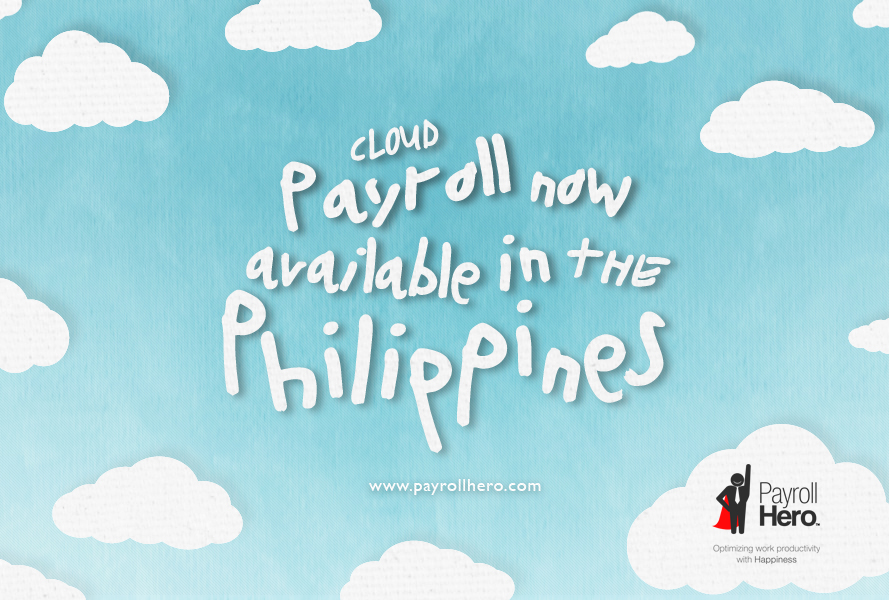The PayrollHero blog aims to be the knowledge repository for any restaurant owner or retailer in Southeast Asia. We have built our database with things you need to know while doing business in the Philippines.
With that in mind, we have been working on a little project. Presenting the PayrollHero Knowledge Kit for opening a restaurant in the Philippines!
Download it now – free!
This starter kit was put together to give you high level information about the Philippines, share some thoughts from restaurant owners, and present relevant statistics from our market research.
The information here includes research that will help you open a restaurant in the Philippines or expand into the country.
- We talk about what BIR, SSS, PhilHealth and Pag-IBIG are all about.The pages are linked to relevant tax forms and websites that offer more detailed information if you want it.
- There is an industry overview and analysis on the latest consumption trends in the country. For example, did you know that the Home delivery and takeaway sector grew at a staggering 10.3%. It’s closest competitor was the fast food industry at 8.1%.
But we don’t want to give you simple hard facts that you could just Google anyway. The Knowledge Kit has a wealth of information in the form of personal stories and experiences in these countries. We interviewed the owner of the Advent Manila Hospitality Group, Mr. Andrew Masigan, and asked him about how he runs his business in this part of the world. We see it as a way to help the community because there is no better way to learn than from people who have gone through the same roadblocks as your are facing right now.
We hope this information is useful to you. We would love to hear back from you with what you think about the Knowledge Kit, how we can make things better and how you use this Kit for your own research into the restaurant industry.
Lastly, we are releasing more of these for the retail and BPO industry. Watch out for more information about these industries and countries.
So go ahead and click on the image above to access the Knowledge Kit. Let us know what you think. And good luck with your new business!



 Our
Our